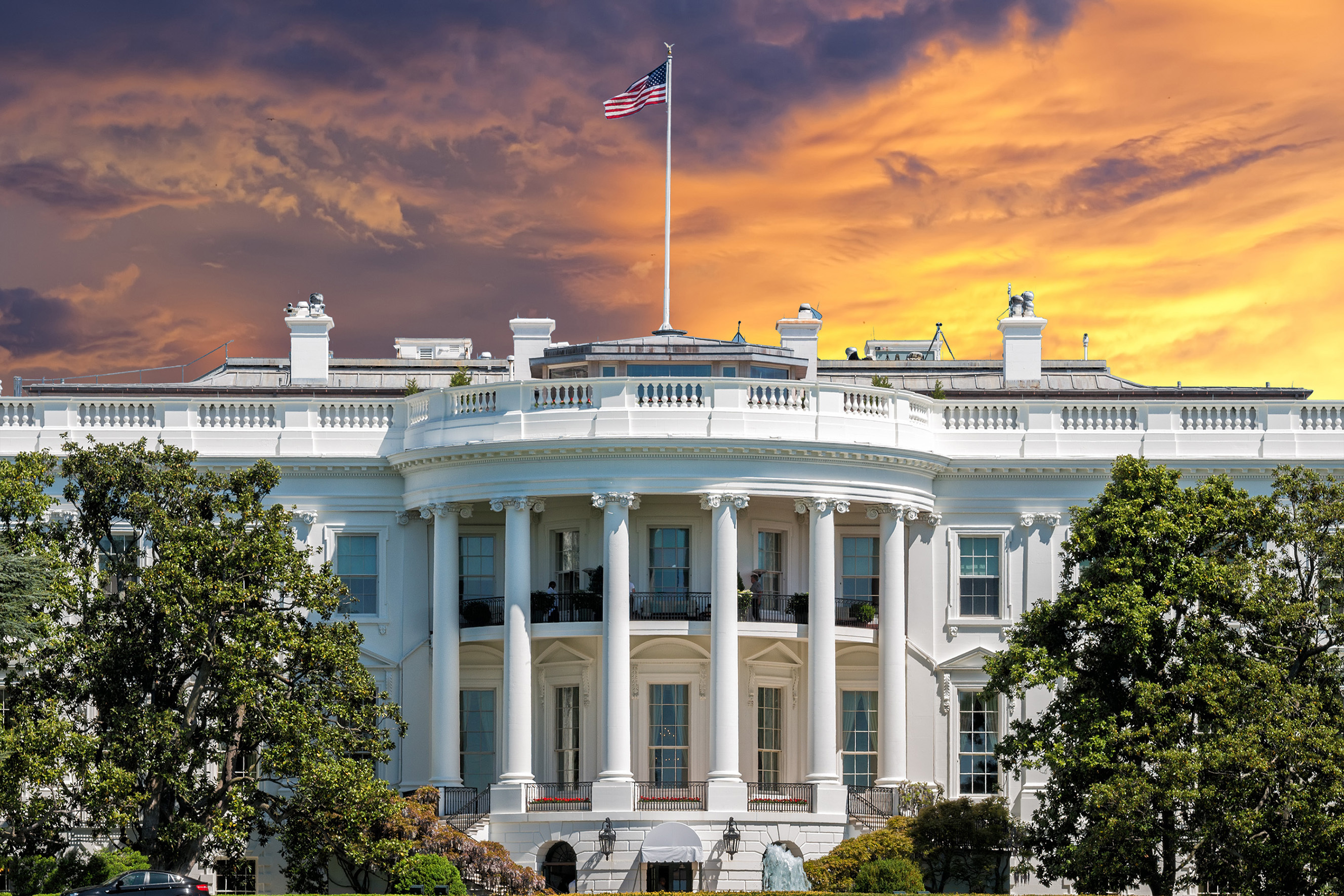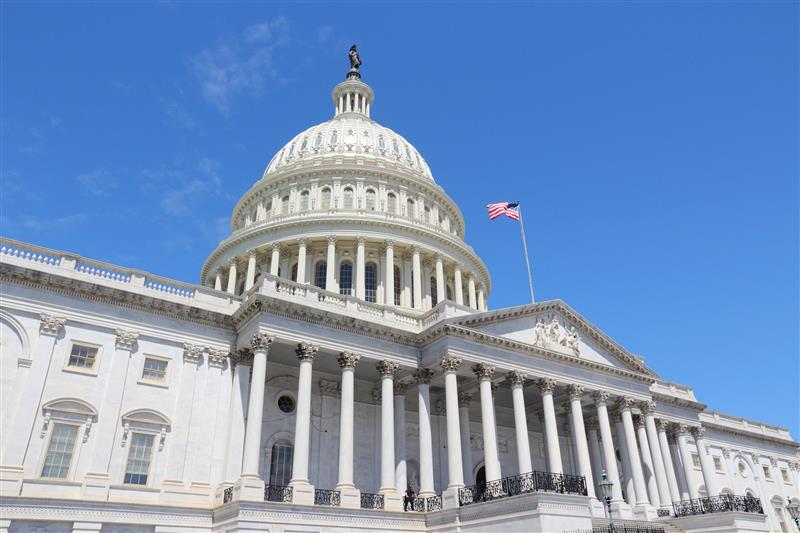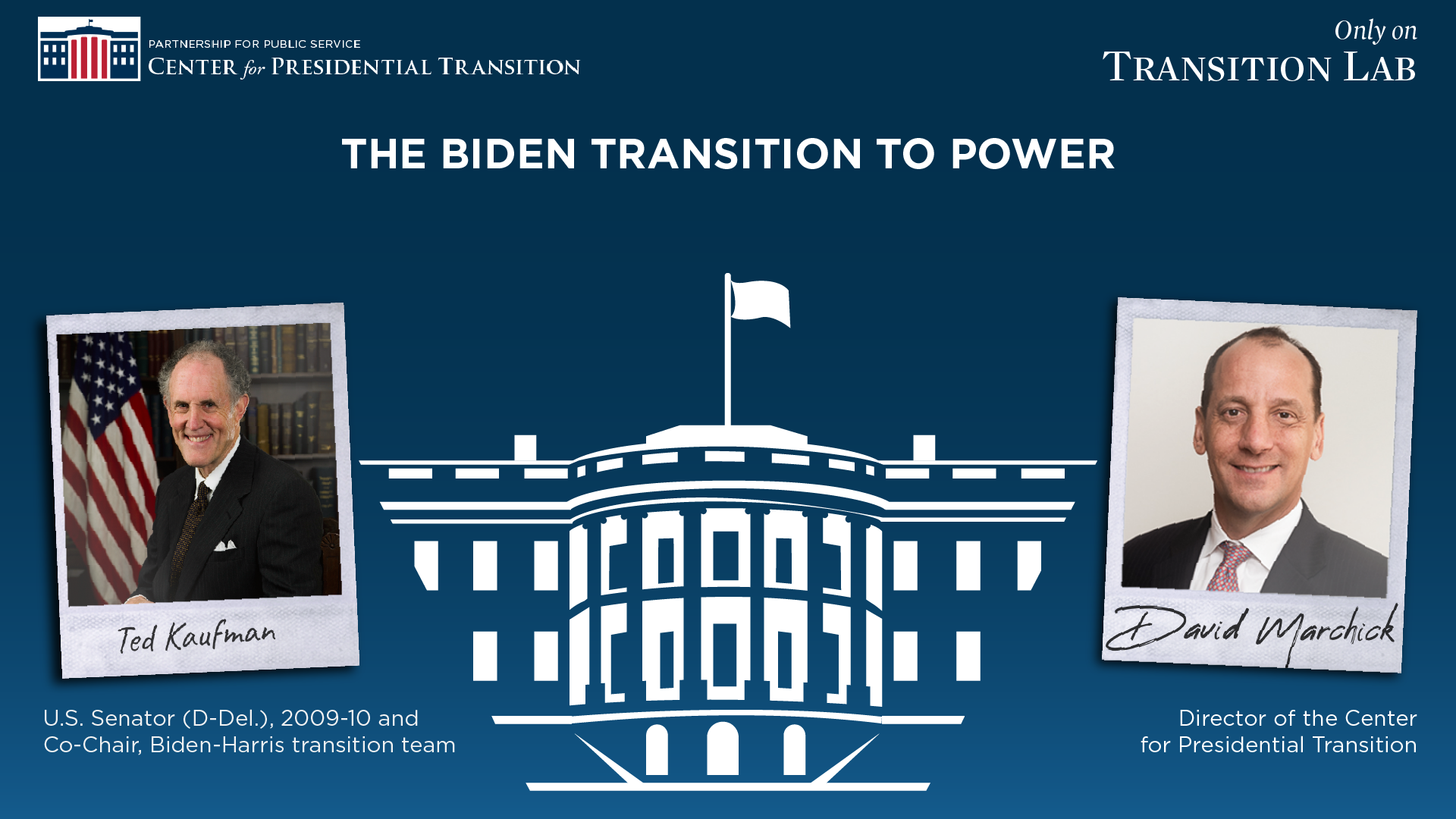Blog
March 10, 2020
The Presidential Transition Act: a framework for continuity in government
By Sen. Ron Johnson and Sen. Tom Carper
As a businessman from Wisconsin and a former governor of Delaware, we came to the U.S. Senate with different backgrounds, but a shared interest in promoting smart policies that make government work better. On this front, we have found much common ground, including our sponsorship of legislation to ensure that, every four years, the federal government is prepared for the actual or potential transition of leadership from one president to another. Transitions – to a new president or a second term – involve high stakes and important work critical to our nation’s national and economic security.
In enacting the Presidential Transition Act of 1963, Congress stated: “The national interest requires that such transitions in the office of President be accomplished so as to assure continuity in the faithful execution of the laws and in the conduct of the affairs of the Federal government, both domestic and foreign. Any disruption occasioned by the transfer of the executive power could produce results detrimental to the safety and well-being of the United States and its people.”
These words ring as true today as they did in 1963. Handing over the keys to a 4.7 trillion dollar enterprise is a colossal exercise. During the pressure cooker of a presidential campaign, and then during the short time between Election Day and Inauguration Day, a president-elect must be prepare to deal with a possible domestic or international crisis, plan a strategy for working with Congress to enact administration policies, and identify candidates to fill roughly 4,000 political appointments — including over 1,200 which require Senate confirmation.
And as shown by a recent study by the Partnership for Public Service’s Center for Presidential Transition, transitions to second terms also merit intense preparations, with two-term presidents typically experiencing a high turnover of appointees as they approach the second inauguration.
Updates to the Presidential Transition Act over the years have been the result of bipartisan efforts to recognize the increasing complexities of presidential transitions. That is why we named the Presidential Transition Improvements Act of 2015 after former Sen. Ted Kaufman (D-Del.) and former Gov. Mike Leavitt (R-Utah), who were leaders, respectively, in 2008 and 2012 transition preparations. These fine public servants have shared their experiences in working on presidential transitions so that we can refine the process to best serve the public interest.
In that tradition, on March 3rd, President Trump signed into law another bill that we sponsored, the Presidential Transition Enhancement Act, which clarifies existing law and enshrines into law some best practices from previous transition efforts.
The evolution of the Presidential Transition Act has given our nation a framework ensuring transition planning starts early — well before the general election — and, just as Congress envisioned in 1963, that serving and protecting the American people remains the priority of our government, even during transfers of executive power.
The passage and signing into law of the Presidential Transition Enhancement Act without a single dissent in either the Senate or the House of Representatives shows that, regardless of who we favor on the ballot in a presidential election year, we are united in making sure that every four years, the transition to the next four years goes as smoothly as possible.
Ron Johnson is a Republican Senator from Wisconsin and is Chairman of the Senate Committee on Homeland Security and Governmental Affairs. Tom Carper is a Democratic Senator from Delaware and is a senior member of the committee.



